
Coffee in the Countryside - Revisited
When I wrote this first post six months ago, it was a rough sketch: a small, quiet place outside Paris where coffee could be made without the usual pressures. No landlord clock, no race to open, just time to do it right.
Since then, the sketch has been refined into a blueprint. I’ve mapped the workflow beneath the surface, argued for repetition as craft, planned pallets and logistics, and obsessed over materials—paper, labels, cups, bags—so the outside matches the care of what’s in the cup.
I’ve questioned taboos (yes, blending), imagined a guest experience designed to protect the calm, and traced the train lines that make a “petite fermette” feel connected, not remote.
The idea hasn’t gotten bigger. It’s gotten clearer. Slow over fast. Fewer choices, better choices. Made by hand, on purpose.
Today we’re reposting this first post to reflect on where this project started, and why our journey forward remains the same.
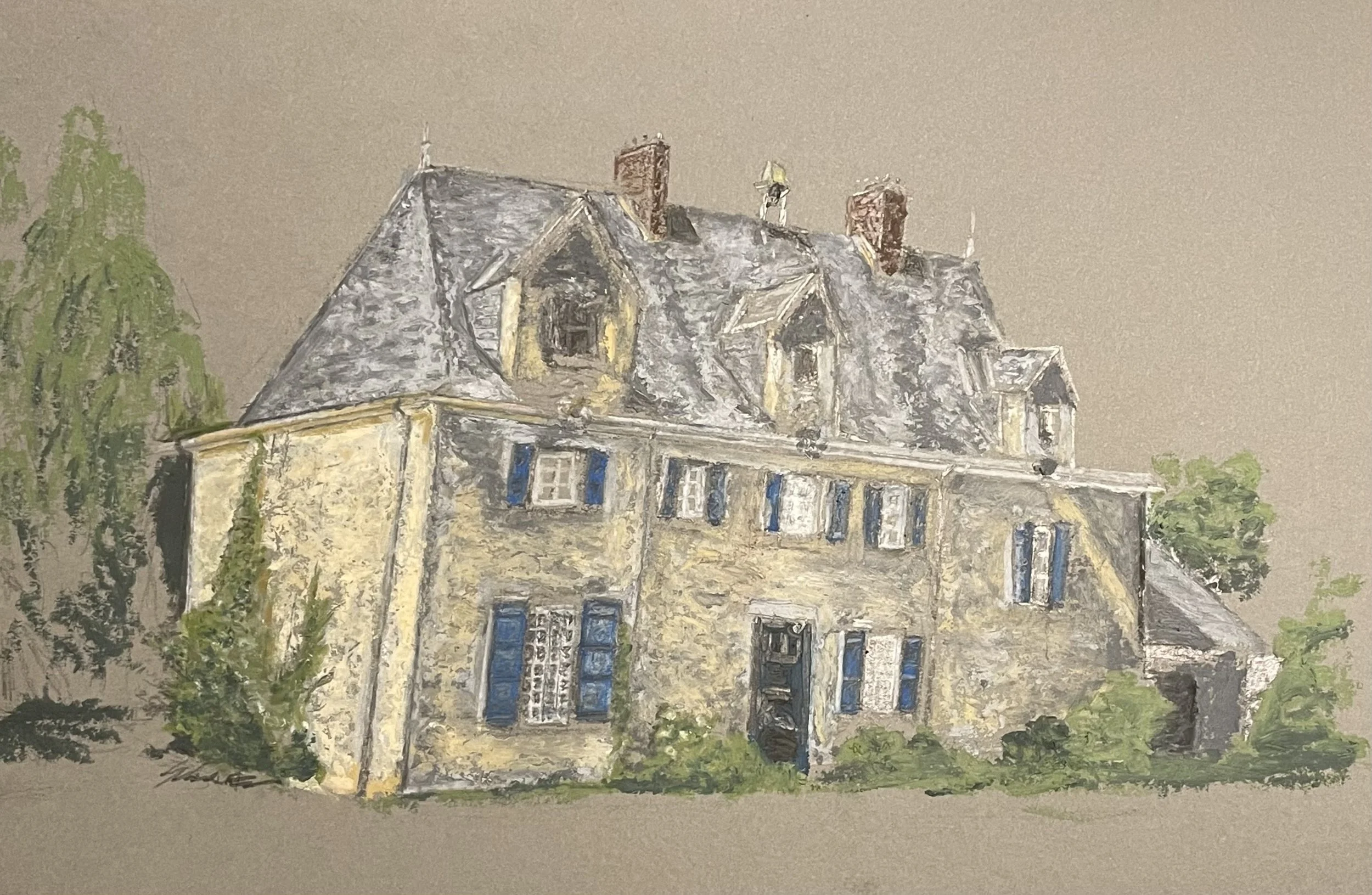
The Village Between Two Cities
In August, much of Paris shuts down as people leave on vacation. Many shops close for three or four weeks, while larger stores and those in tourist-heavy neighborhoods stay open. In September, everyone talks about “la rentrée” like “back to school” in the States, but here it applies to everyone. Everyone returns, shakes off the lazy rays of sunshine. Paris looks well rested, already offering its annual preview of Fall before the calendar ticks over.
September marks the return to work, school, and research. My wife and I pick up our lists of contacts, areas of interest, and alerts, and slide back into our routine: homemade bread, toasted; freshly roasted coffee; and real-estate listings.
In France, countryside listings can be fickle. Some linger unchanged for months after a home has sold. Others reappear every week with new photos and a new price.
When we finally come across something that looks exactly right, our first reaction is less “Eureka! I’ve found it!” and more “What’s wrong with it?”
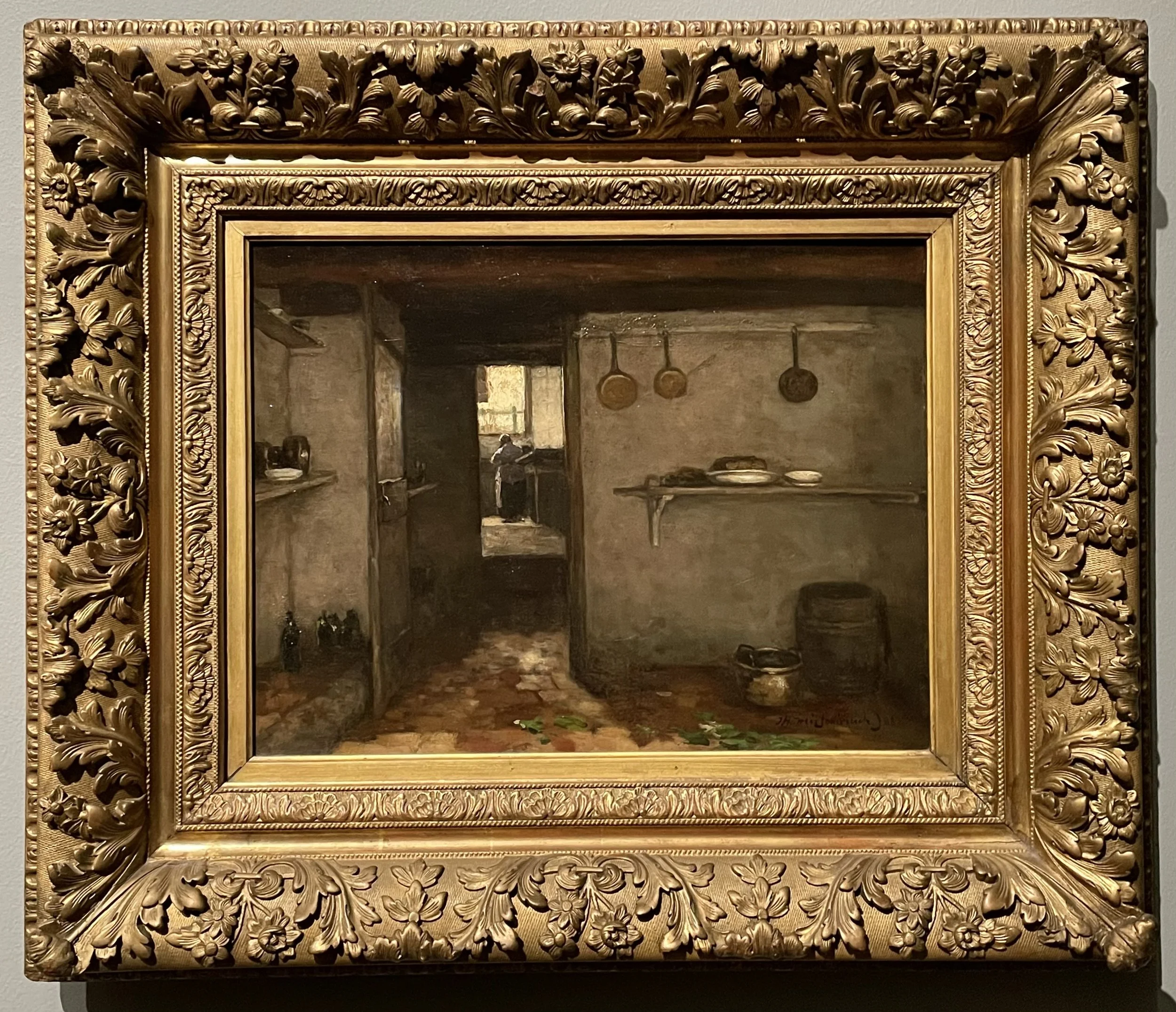
Behind the Scenes
Coffee professionals love to focus on the thing we work so hard to find, source, roast, grind, extract, and serve. That’s the part with aroma and applause. But behind every cappuccino is a whole other world: the back office.
In France, the love of bureaucracy is happy to make this world even more excruciating than it might be elsewhere. Forms for forms. Numbers for numbers. Stamps for stamps. Meanwhile, tech startups over here keep releasing clever ways to streamline everything, from health insurance to transport passes to taxes. It’s progress, yes, but the behind-the-curtains part of a business still takes as much planning and preparation as the fun stuff on the bar.

The Way Forward
I’ve been working as a coffee professional for some years now. One thing I love, one thing that keeps this industry free to evolve, is how few of us started here. Nearly everyone I’ve worked with came to coffee from somewhere else: art or design, finance or pastry. We bring those old tools to a new bench.
When a product with such a long history is constantly seen by fresh eyes, it becomes free to change.
So the questions never stop:
What if we tried this?
Why hasn’t anyone ever made coffee like that?
Who grew this variety, and why not another?
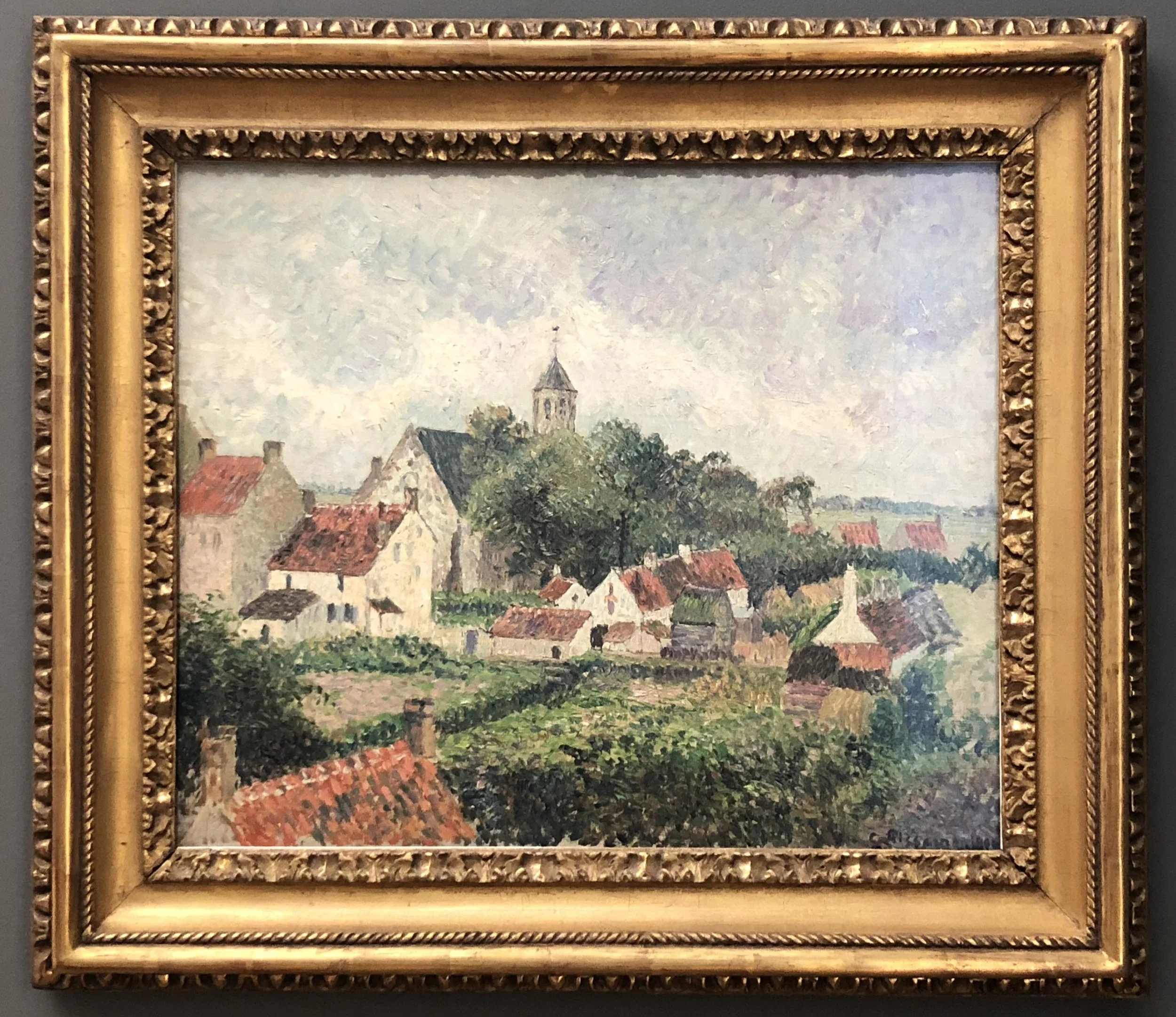
Hidden Gems
We keep full-time jobs and part-time dreams, sprinting between them with a phone full of listings that promise “hidden gems.” On weekends we run for the station, still half on work calls, and throw ourselves onto whatever train will take us to the next maybe. Sometimes that train moves at ten kilometers an hour for reasons no one can explain. Sometimes its engine and brakes are not on speaking terms. Sometimes we’re fifty minutes late and already texting the agent: so sorry, still on our way.
“Fifteen minutes from the station,” the listing says. Fifteen minutes can mean a sunny stroll, or thirty minutes along a forest road where wild boar consider their options in the middle of your lane. We don’t have a car yet, so it’s Uber—when Uber exists. The app is confident days in advance and then coy an hour before, then thirty minutes, then five. Or silent. There’s sometimes a taxi, if you can find a number. And if it happens to be on their route. The driver shows up smiling, narrates the town’s entire recent history (it was better before they removed the fountain, traffic is a nightmare now), and quotes the 20-minute ride at 51€, card accepted. She reminds us we’ll need a ride back, too, (you’ll have to coordinate that with my office though).
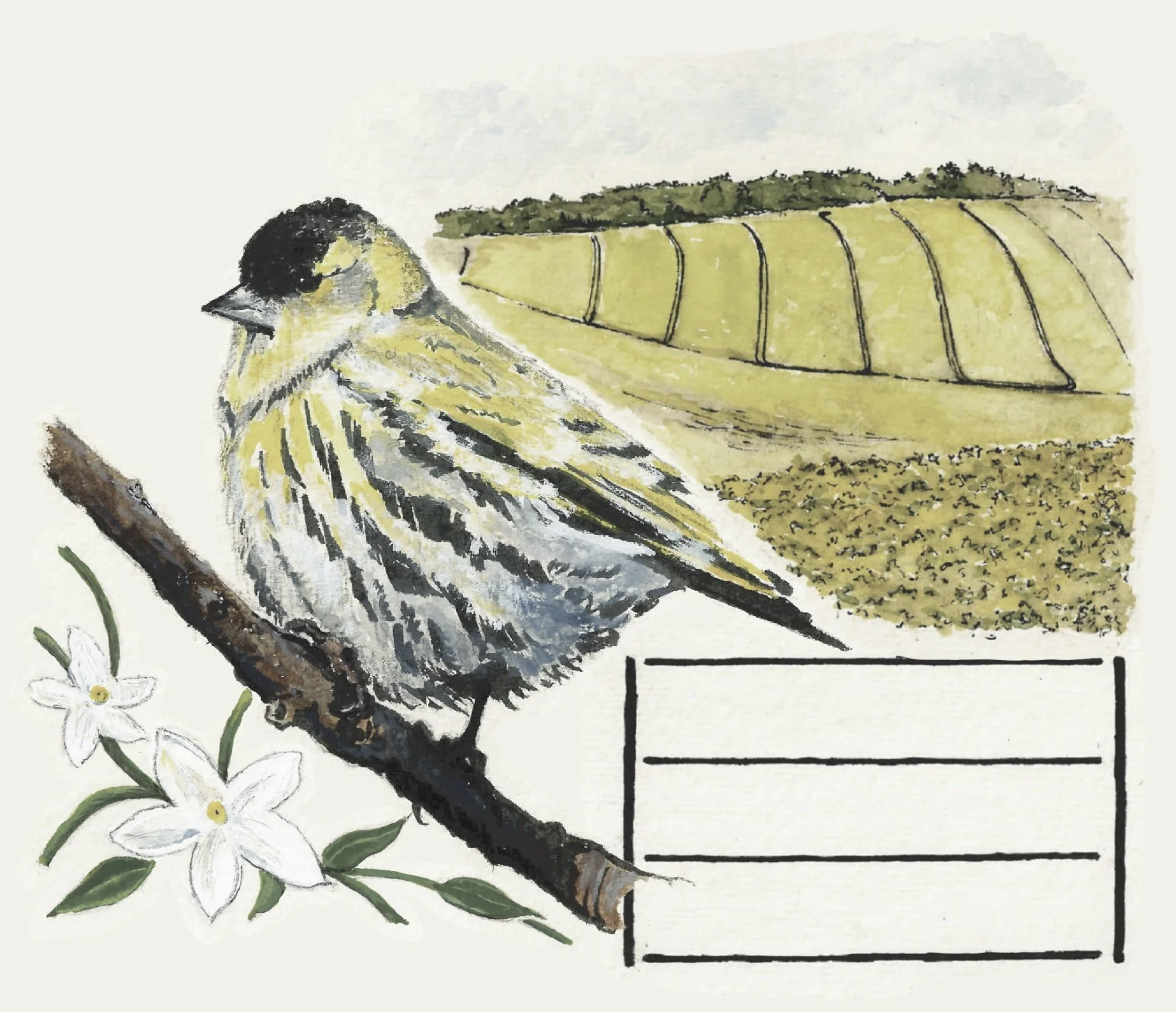
A Label Worth the Coffee
A label seems so small. It's just a slip of paper riding on the side of a bag. But for me it carries the whole promise of the project. It has to tell our story in a single glance: hand‑craft, contrast, quiet curiosity. It also has to survive the inglorious journey from roastery to countertop without bleeding, smudging, or costing more than the coffee inside.
A few months ago I told myself, half‑jokingly, that I would try lino‑printing again—something I hadn’t touched since high‑school art class. That same evening, on the way to dinner, I passed a shop that sells nothing but professional lino supplies. Serendipity yanked me off course. I rearranged my roasting schedule, squeezed through their door the next morning, and spent an hour with a lino artist who spoke about gouges and brayers the way farmers speak about weather. When I explained our coffee project he nodded and said, almost off‑hand, “Why not make paper from your old jute sacks?”
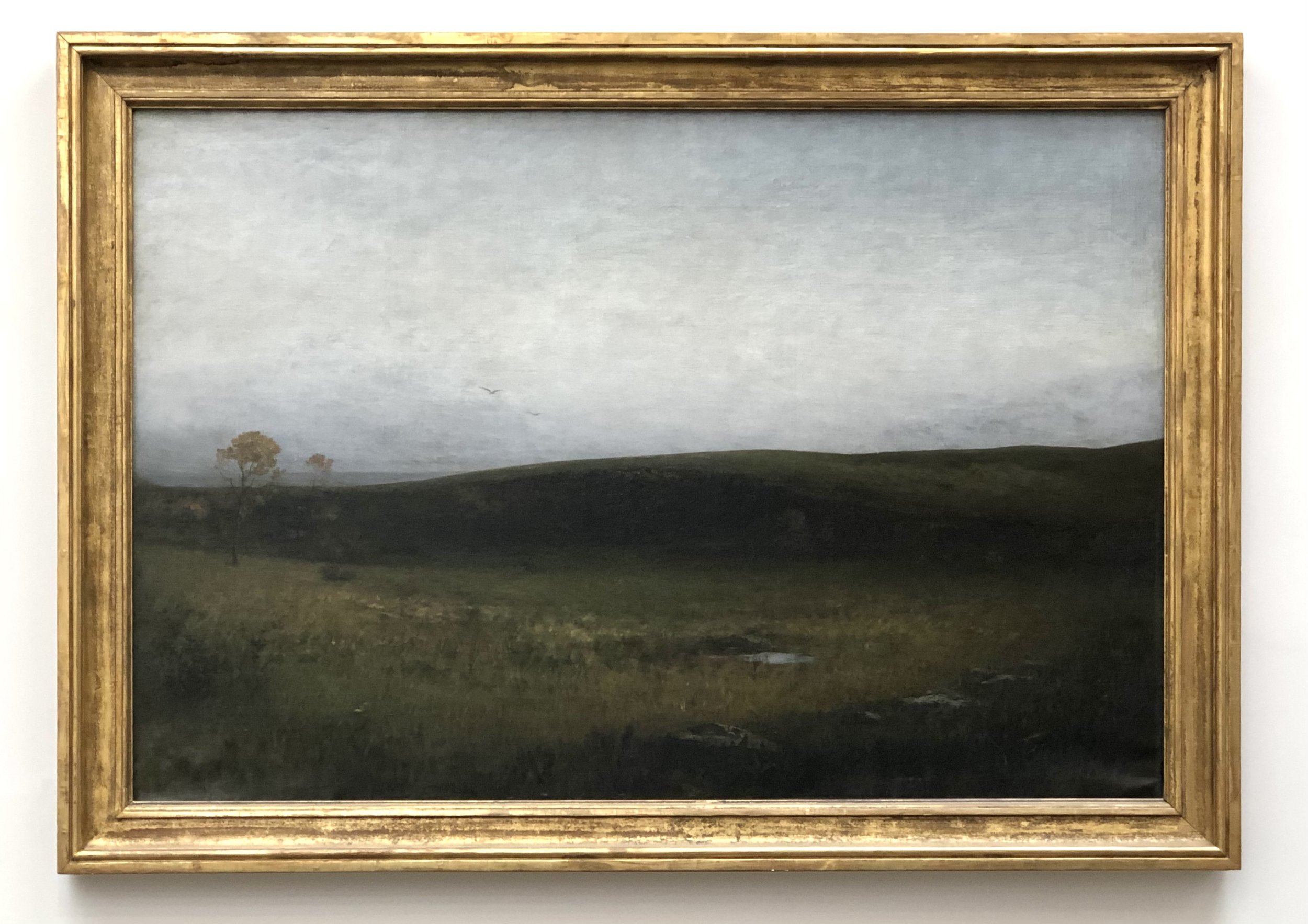
Signals
We’ve recently begun the real adventure: physically looking at properties. It’s thrilling and terrifying, hopeful and heartbreaking all at once. Each place we see becomes a question about what it might become:
« Is this space laid out in a way that aligns with our vision? »
« Does it flow naturally toward the areas we plan to activate, or does it feel awkward, like we’ve stumbled into a stranger’s home? »
« If I were arriving here for the first time, would I feel excitement about what lies ahead—or would I instantly want to turn around and leave? »
This elusive quality—the intangible thing about a place that pulls us in, makes us feel welcome, comfortable, excited—is central to everything we're trying to build.
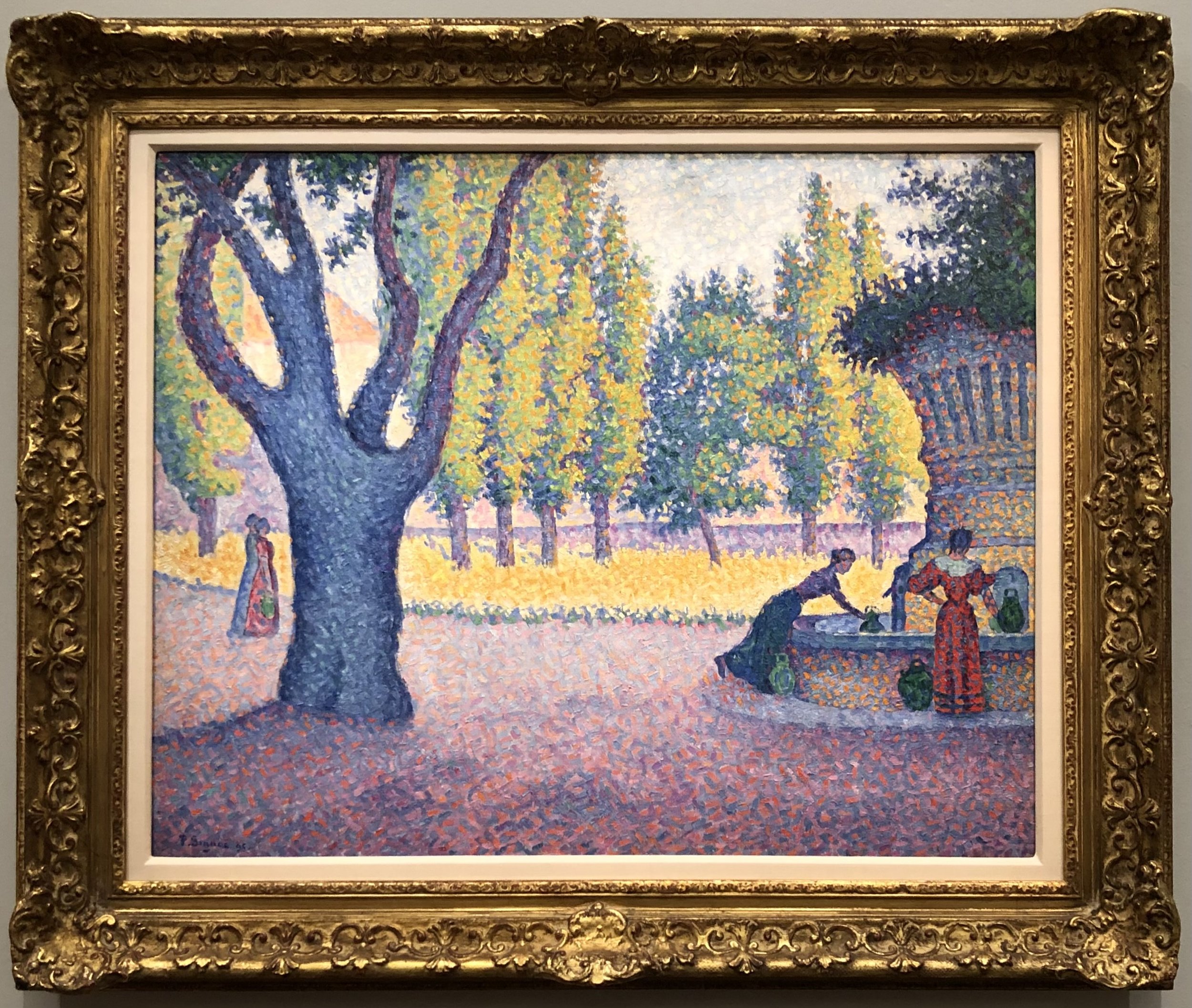
A Local Table, A Global Conversation
"Don’t ask me how this scales. Ask me how this spreads." — Dan Barber
Not long ago, every fine‑dining menu was judged by the same yardstick: How close could the chef land to the canonical duck confit, the flawless bouillabaisse, the perfect coq au vin? Today, we arrive at restaurants with a completely different hunger. We don’t want the same dish executed immaculately. We want a dish that could only have been imagined here, on this soil, by these hands.
Coffee, oddly, still lives in yesterday’s dining room. We slip into a new café, puff up our critical feathers, and decree, “I shall judge thee by the merit of thy flat white! …Ooh and may I have a cookie, too?” In response, most specialty coffee bars around the world have converged on a single, safe template: same gear, same drinks, same pale pastries, delivered with the same earnest smile.
Which leaves us with the same restless question the restaurant world faced a decade ago: What’s next?

Digging Deeper
When I was little, maybe six or eight, we lived in a modest suburban house with a backyard that felt impossibly large. Huge trees lined either side, and the far end touched the land of a local animal doctor, so occasionally a lost duckling would wander up to our door.
It was there, with my mom, that I first began gardening.

Made by Hand
This is a project I want to build slowly. To spend years refining and growing. To make something that carries the best of what I’ve learned—and everything I still want to explore.
I’ve drawn since I could hold a pencil. Studied fine art. Worked as a graphic designer. I’ve been a florist, delivering bouquets by bicycle. A shoemaker, sewing one-off bags and stockings from scraps. I’ve made jam from family recipes and inherited a cookie recipe laser-etched onto a cutting board in my mother’s handwriting.
And coffee…